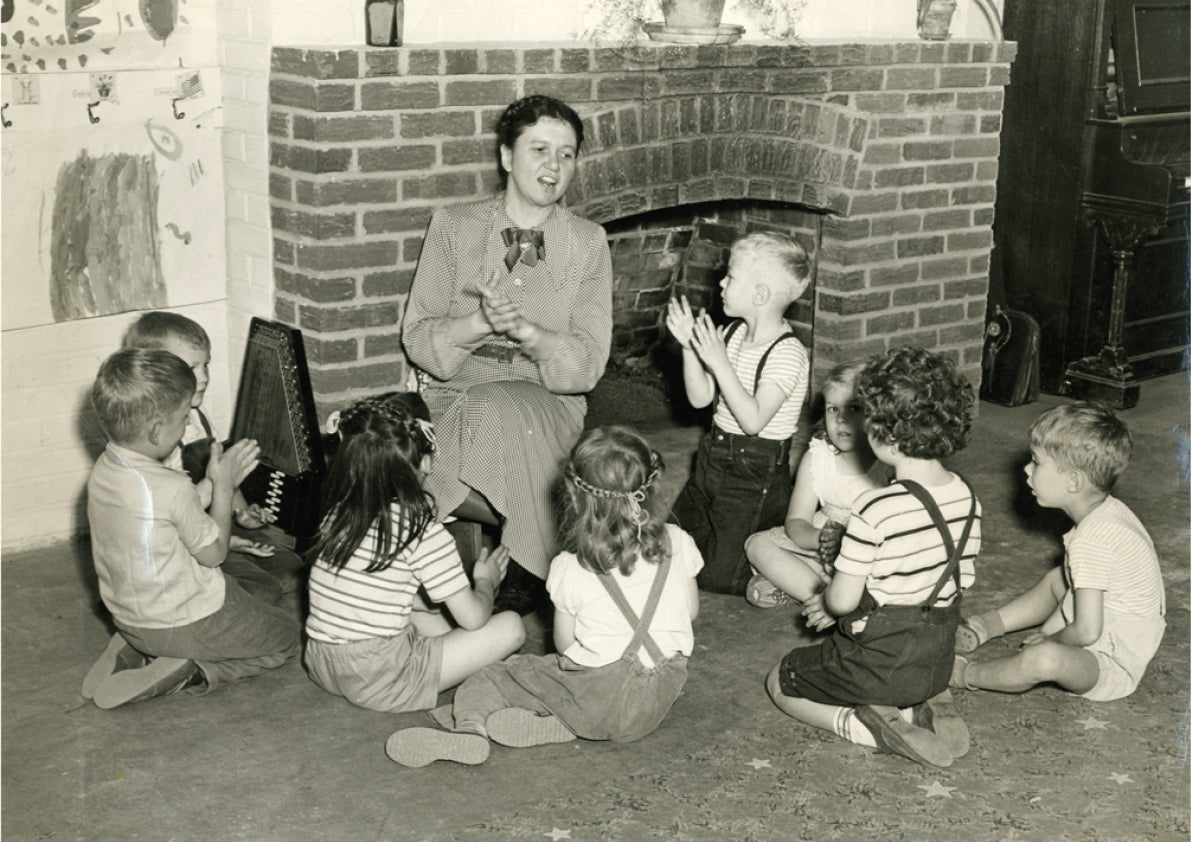
Laura Barton champions the quiet, pioneering spirit of the modernist composer Ruth Crawford Seeger.
When Peggy Seeger talks about her mother she does so with a squint to her voice, as if her thoughts are trained on a distant figure, only now coming into view. In her childhood she was the woman they knew affectionately as Dio, a mother of four who taught piano out of the family home, drank black coffee and read Perry Mason novels. A stocky peasant woman in plain dresses, as Seeger recalls in her memoir, First Time Ever, men's shoes and braids over the top of her head.
We tend to see Seeger, one of the foremost folk singers of the past 70 years, framed by the men in her life her father, the musicologist and folklorist Charles Seeger; her brothers, the musicians Mike and Pete Seeger; her husband, the British folk singer Ewan McColl. That her mother was one of the most pioneering composers of the last century is largely overlooked, unknown or disregarded; the influence she must have exerted over the music of her children rarely contemplated.

Seeger still regards her mother and her music as terrain not fully explored, even by herself. When her biographers wanted to know about Ruth Crawford Seeger the Composer, I tried to remember her in that capacity, she has said. The picture is incomplete for I only know her folk music persona, her classical piano playing, her attempts to cook. When I listen to her innovative compositions, many of which I do not understand and some of which make me feel physically uncomfortable, I am outraged that I never heard any of them except Rissolty Rossolty until I was in my mid-thirties Dio is a book that was never fully opened.
Ruth Crawford Seeger was a modernist in fact a member of a group of American composers known as the ultramodernists. Born in Ohio in 1901, she was six years old when she took up the piano, and later enrolled at the American Conservatory of Music in Chicago. There, she began to explore the world of composition, gaining her Bachelors, then a Masters, and relishing the creative and intellectual stimulation of the city Rachmaninoff recitals, piano lessons with Djane Lavoie Herz, discussions of theosophy, Alexander Scriabin, socialising with the Chicago poet Carl Sandburg, whose poetry she would later set to music.

Crawford Seeger would be the first woman to win the Guggenheim fellowship for composition, travelling to Europe in 1930 and meeting with established composers such as Bela Bartok and Alban Berg. At the International Society for Contemporary Music festival in Amsterdam in 1933 she represented the United States with her Three Songs for voice, oboe, percussion and strings. Later, she became famed for her arrangements and interpretations of folk song, working closely with folklorists such as her husband and John and Alan Lomax at the Archive of American Folk Song at the Library of Congress in Washington, DC. She died in 1953.
If you want to hear the qualities that marked Crawford Seeger's innovation, listen to the third movement of her String Quartet 1931 in which the four instruments lie together in overlapping dissonant harmony, yet their dynamics wheeling off on their own courses.
I like to listen to this composition and think of the woman who dreamed it, to hear in those strings an echo of the close harmony of the domestic world she created, and something, too, of her own wilfulness and fire and independence.

It should not be surprising that Crawford Seeger's achievements took second billing to those of her husband, that her name is not more widely recognised today. History of course is rich with women whose innovations and adventures and pioneering successes have only bolstered the renown of their partners; in our collective memory they stand not in the limelight but, as Tom Waits has described his wife and songwriting partner, Kathleen Brennan, as the incandescent presence.
Seeger tells a story about her Mother from 1952, when Crawford Seeger did step out into the limelight. Awarded the prize for the best piece of contemporary chamber music by the National Association for American Composers and Conductors, she arrived at the ceremony in a bright red blouse and long black taffeta skirt, run up on the sewing machine by her daughters. Climbing the stairs to the stage, Seeger saw then that beneath the hem of the black taffeta skirt, her mother had worn her pair of men's lace-up shoes. An oversight maybe, a necessity perhaps, but in this small symbolic act we may find the sweet subversion of a true pioneer.
Words by Laura Barton.
Images courtesy of Peggy Seeger.

Add a comment